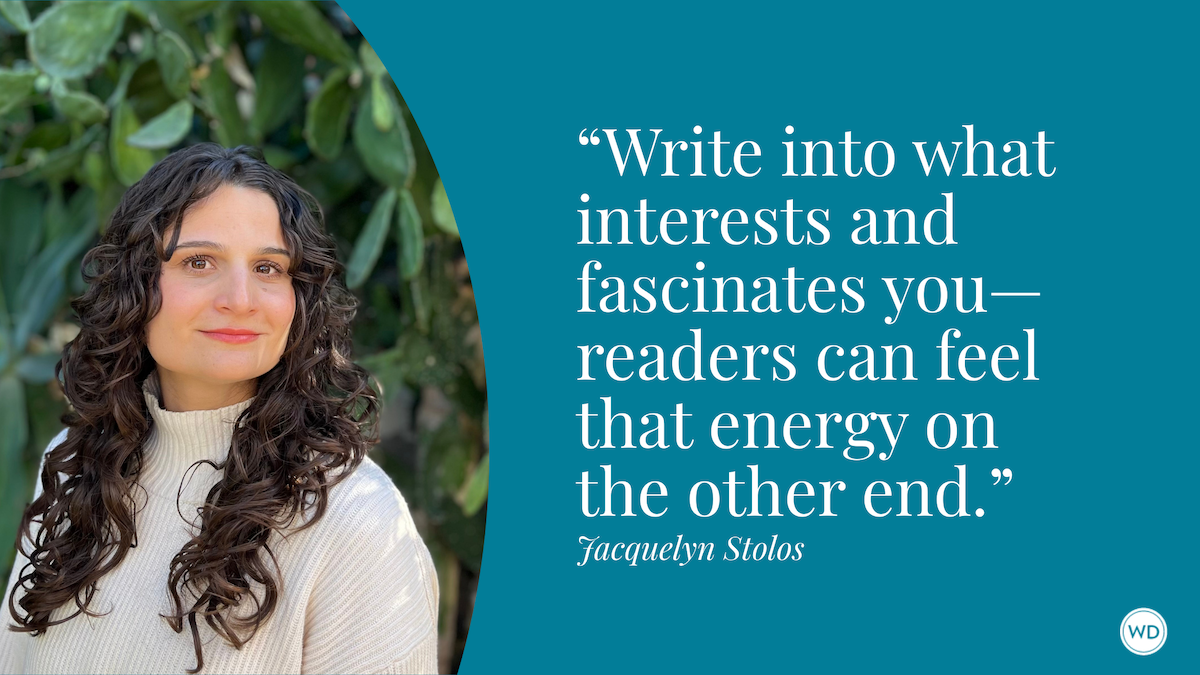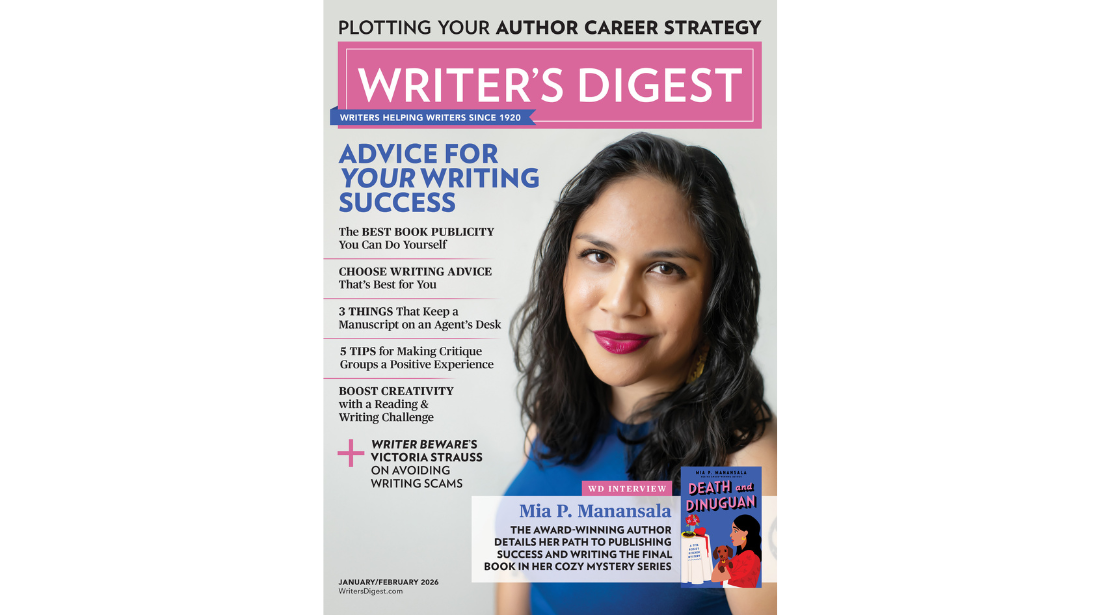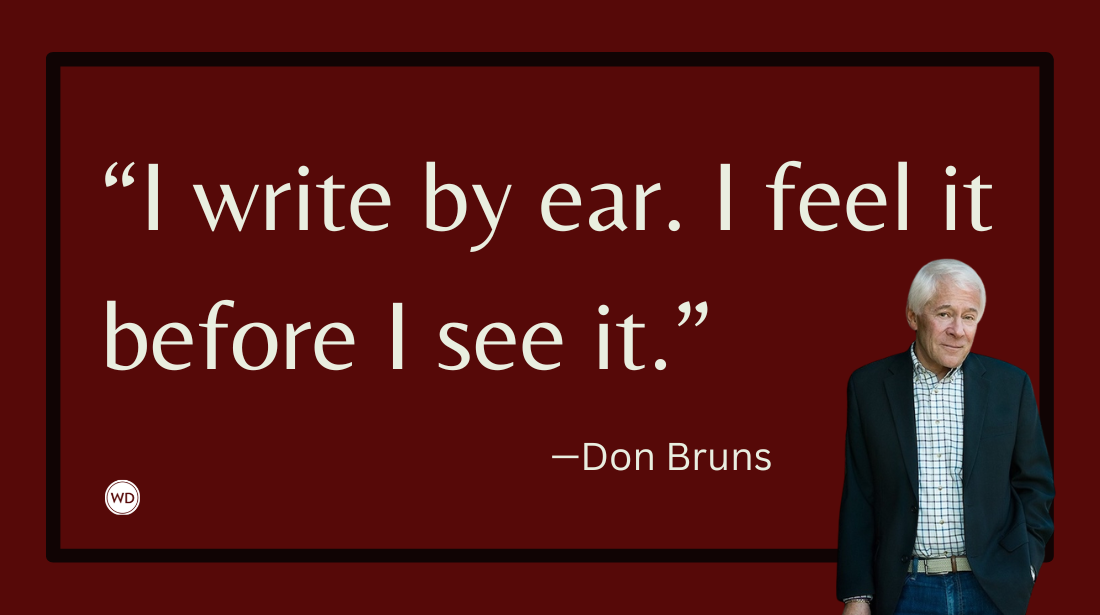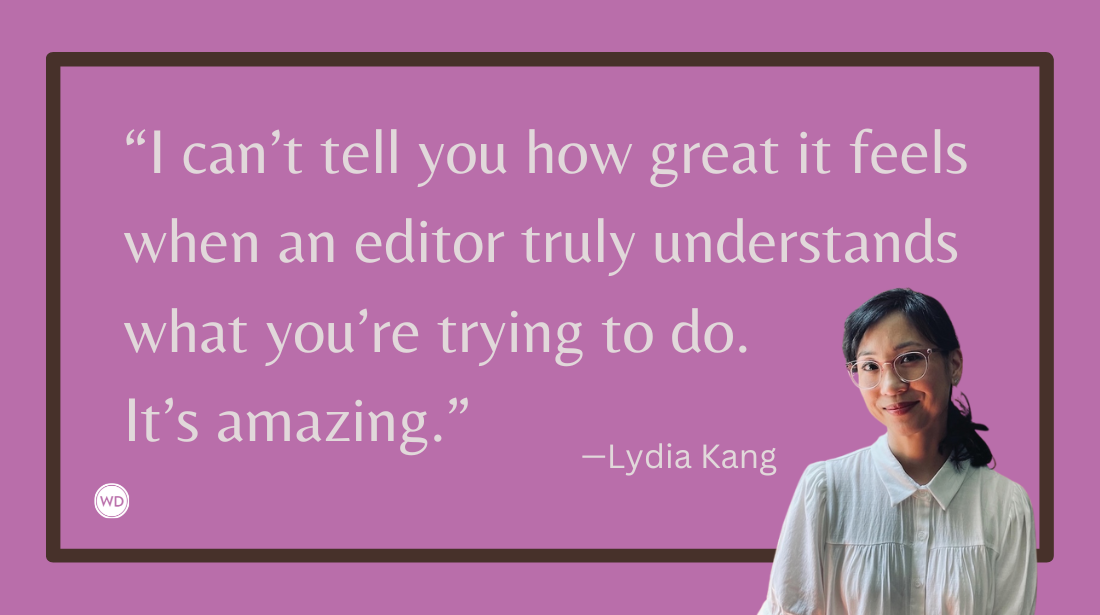How a Deepfake Thriller Taught Me to Write Realistic AI
Internationally bestselling author Daniel Kalla discusses how taking on a deepfake thriller taught him how to write realistic AI in fiction.
Write what you know. Isn’t that what they tell you? But what if your most compelling story idea takes you way out of your area of expertise? Or the subject is evolving faster than you can Google it?
That was the conundrum I found myself in when I started writing my latest thriller, The Deepest Fake.
As a practicing physician, I've always felt confident fictionalizing medical topics, where my background lends an air of authority, deserved or not. But when The Deepest Fake plunged me into the world of artificial intelligence, I couldn’t rely on my day job anymore. Readers wouldn’t, and shouldn’t, give me the same benefit of the doubt. I'm, at best, tech literate adjacent.
Through researching and writing this book, I stumbled on some important lessons—many of them the hard way—about weaving AI and emerging technology into a story that feels authentic. The biggest takeaway? I didn’t have to be a neural network engineer to tell a convincing story about the human consequences of high-tech innovation.
Readers expect credibility, but in fiction, they don’t need a deep technical breakdown of the subject matter. In other words, they don’t have to see under the hood to enjoy the ride. Overexplaining science slows the pace and pulls readers out of the story. Instead of delving into cloud infrastructure, I opted to show the emotional fallout from a deepfake: the devastation, helplessness, and shame of a victim whose voice and image have been twisted beyond their control.
All genre fiction—whether it’s historical romance, legal thriller, or Nordic noir—requires some world-building. That challenge becomes even trickier with AI and technology, where it’s easy to overwhelm or confuse readers. What helped me most was using the characters to explain the science to one another, rather than rely on the narrator. Dialogue gave me the freedom to simplify, generalize, and take creative liberties.
For example, instead of paragraphs of prose explaining the complexities of AI versus artificial general intelligence—the kind that could truly think and reason—I let the characters unpack it in conversation. Paraphrased, it sounds like this:
“So Generative AI doesn’t really ‘think’ for itself?”
“Exactly. It stitches complex patterns together. As convincing as it is, it only simulates intelligence and creativity. True general intelligence—like you or me—actually understands and decides. Unlike AI, it has agency. And we’re not there yet. Thank God.”
After all, I wasn’t trying to teach computer science. I was exploring how big, abstract ideas can tear through ordinary lives.
Another common trap in writing about AI is chasing headlines. But advances in the field happen so quickly that today’s breakthroughs would probably feel passé before the book even hits the shelves. I found it better to treat tech news as inspiration rather than a blueprint—to let it spark “what if?” scenarios while making sure the plot still stands on its own.
For instance, when I first read about so-called “deathbots”—AI chatbots trained on a person’s digital footprint to simulate posthumous conversations—I was floored. The idea of interacting with a digital echo of a lost loved one, almost like having a Zoom call with the dead, was both fascinating and deeply unsettling. But rather than fixate on how the technology actually works, I found myself asking more personal questions: What if this tool unraveled someone’s life? What if it became the gateway to an even greater deception?
Another key lesson I learned is that while technology always marches—sometimes rockets—forward, the underlying themes remain unchanged. Deepfakes may one day give way to even more immersive deceptions, but the deeper questions (who controls the truth, who profits from lies) are perennial. Technology may provide the means, but it’s rarely the motive or the killer, though it does make for a convincing red herring.
One other key takeaway: Technology can enhance a story’s atmosphere, much like setting does, but it can’t replace character or plot. Consider Jurassic Park: Those genetically re-engineered dinosaurs hooked us, but the story’s heart lay in its tension, stakes, and complex, believable characters. The same holds true for stories about AI. Without fully realized people, even the flashiest innovation falls flat.
In the end, what matters most is emotional resonance. A character willing to risk everything—their life, their identity, their integrity—will always be more memorable than the most sophisticated technology or gadgetry. That’s true even in the Bond franchise. What gave the AI real impact in my story was anchoring it in the characters’ emotions, struggles, and sometimes survival. That made it matter to me and, hopefully, to my readers.
As for where AI is headed, I’m as curious as I am cautious. The possibilities are thrilling, but the risks are just as real. And terrifying. I wanted to bring that tension into my story. To do that, I needed the right lens: a Cassandra, a protagonist who speaks the truth but isn’t believed by those around her. Through her voice, I could explore my own doubts, questions, and hopes.
What I’ve learned is this: When you root complex technology in genuine human stakes, it becomes not just plausible; it becomes meaningful. And that approach works far beyond AI. By focusing on the universal elements of story—trust, betrayal, identity, connection—you can write with confidence about any fast-changing field, even one outside your expertise.
Quick Tips for Writing Fiction Involving Emerging Tech
- Let dialogue do the heavy lifting. Use character conversations to explain complex ideas in natural, relatable ways.
- Don’t chase headlines. Let recent news inspire you, but don’t tether your plot to tech that might age out quickly.
- Focus on emotion. Highlight the personal consequences of the technology—where the stakes feel real.
- Keep it light but plausible. Do your research, but don’t overload the narrative with jargon.
- Lean on timeless themes. Whether your subject is AI, biotech, or law, the emotional core—trust, betrayal, fear, hope—will always resonate.
Check out Daniel Kalla's The Deepest Fake here:
(WD uses affiliate links)









